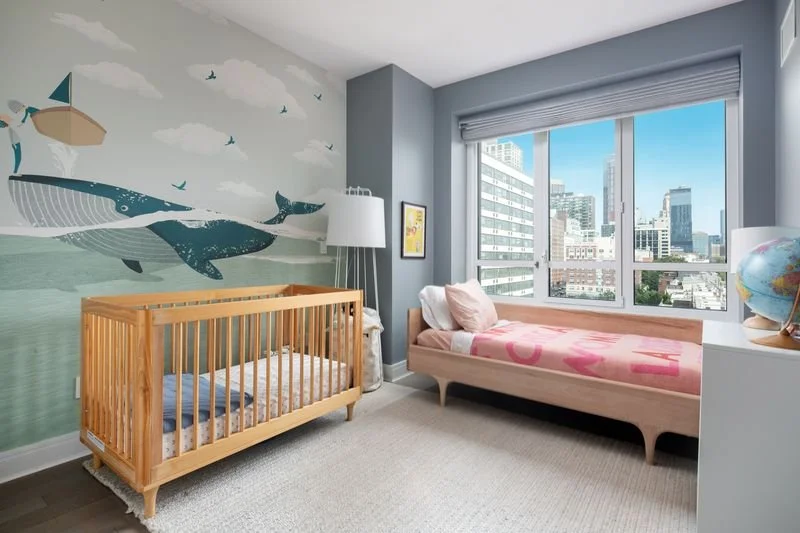Anticipating Trends: Upcoming Innovations in Office Furniture Design
The world of office furniture design is continually evolving, driven by technological advancements, changing work dynamics, and a growing emphasis on employee well-being. In this article, we take a glimpse into the future, anticipating upcoming innovations that are set to redefine the landscape of office furniture design and enhance the modern workplace.
Ergonomic Evolution:
The focus on ergonomic design is expected to evolve with innovative solutions that cater to individual preferences and health needs. Anticipate the integration of smart sensors and responsive materials in furniture, allowing for real-time adjustments based on user movements and posture. The future of ergonomic office furniture is set to prioritize not only comfort but also personalized well-being.
Flexible and Adaptable Workstations:
As the concept of agile and flexible workspaces gains momentum, upcoming innovations in office furniture design will revolve around adaptability. Expect to see modular and reconfigurable workstations that can transform to accommodate different work styles and tasks. Furniture with movable partitions, adjustable desks, and versatile seating options will empower employees to customize their workspace dynamically.
Intelligent Furniture with IoT Integration:
The Internet of Things (IoT) is making its way into office furniture, paving the way for intelligent and connected workspaces. Anticipate furniture with built-in sensors and IoT integration, allowing for smart lighting, climate control, and even personalized productivity analytics. This technological integration aims to enhance efficiency and provide a more intuitive and responsive work environment.
Sustainable and Circular Design:
Sustainability is a driving force in upcoming office furniture design trends. Expect to see a surge in sustainable materials, eco-friendly manufacturing processes, and circular design principles that prioritize recyclability and longevity. Furniture designed for disassembly and upcycling will contribute to a more environmentally conscious and responsible approach to office design.
Biophilic Elements for Well-being:
Biophilic design, which incorporates natural elements into indoor spaces, is set to become a staple in office furniture design. Anticipate the integration of biophilic elements such as living walls, natural wood finishes, and planters directly into furniture. These additions aim to improve employee well-being, reduce stress, and create a more harmonious and nature-inspired work environment.
Personalized and Customizable Furniture:
The future of office furniture will embrace personalization and customization. Anticipate furniture solutions that allow employees to tailor their workspace to their individual needs and preferences. From customizable desk configurations to personalized storage solutions, this trend caters to the diverse and unique requirements of modern workers.
Acoustic Innovations for Open Spaces:
With the prevalence of open office layouts, upcoming office furniture designs will prioritize acoustic innovations. Expect furniture with built-in acoustic features, such as sound-absorbing materials, privacy screens, and adaptable partitions. These additions aim to mitigate noise and create zones that balance collaboration with individual focus.
Tech-Integrated Collaborative Furniture:
Collaboration is at the heart of modern workplaces, and upcoming innovations in office furniture will reflect this trend. Anticipate furniture designed to seamlessly integrate technology for collaborative purposes. This could include interactive surfaces, integrated communication tools, and smart furniture solutions that enhance teamwork and connectivity.
Conclusion:
The future of office furniture design is characterized by a harmonious blend of technological innovation, sustainability, well-being considerations, and adaptability. As the workplace continues to evolve, upcoming trends will prioritize user-centric designs that enhance both the physical and mental aspects of the work environment. From intelligent furniture with IoT integration to sustainable and biophilic elements, the anticipated innovations in office furniture design promise to shape workspaces that are not only functional but also inspiring and supportive of the evolving needs of the workforce.




